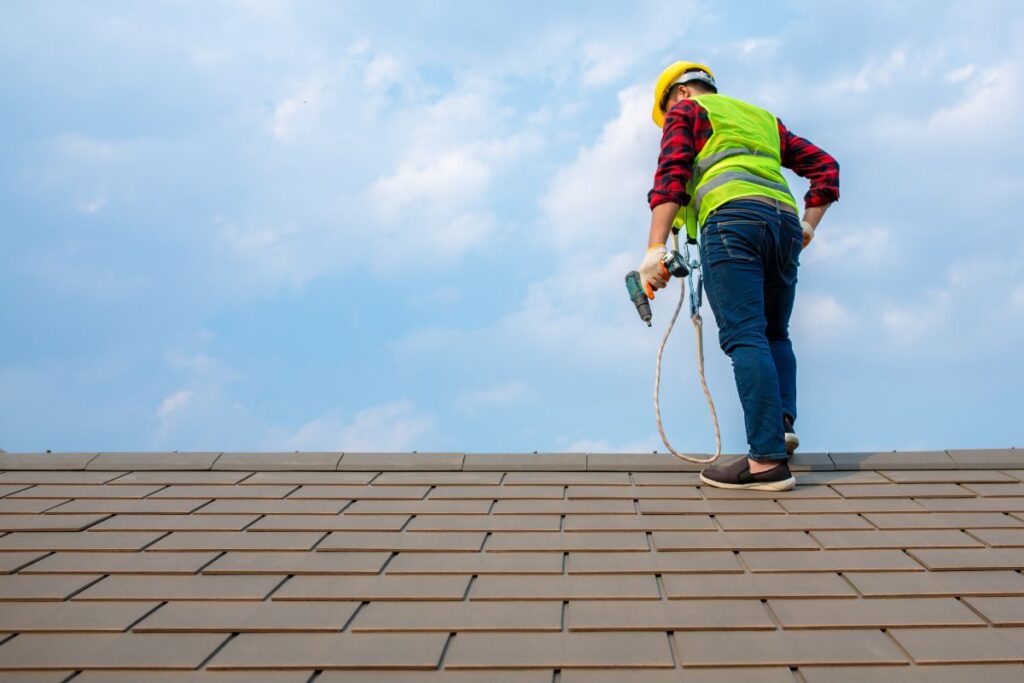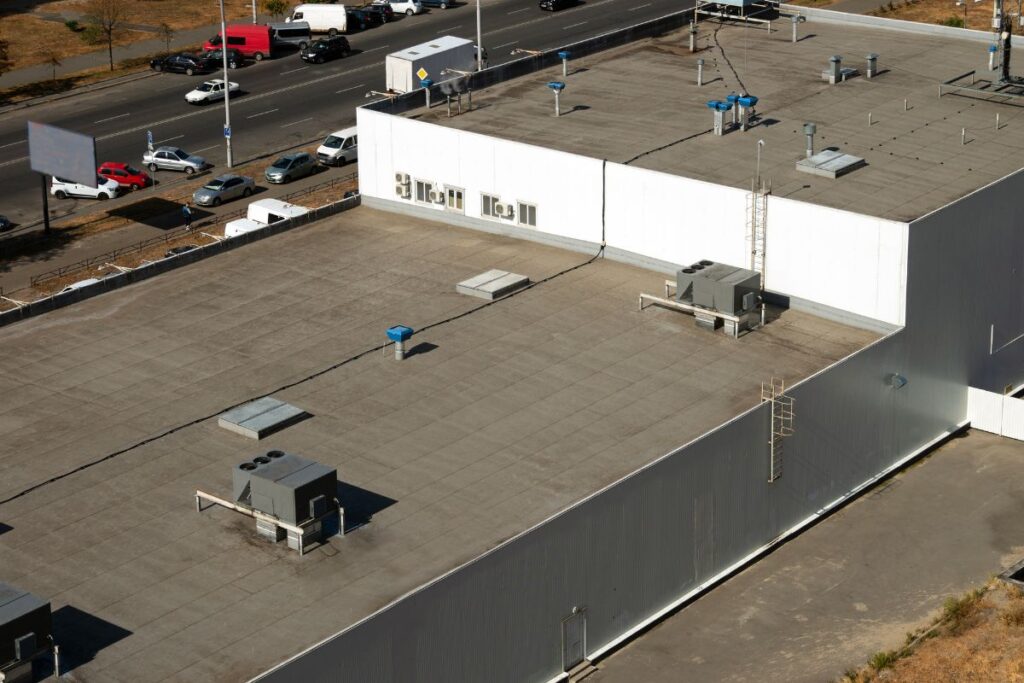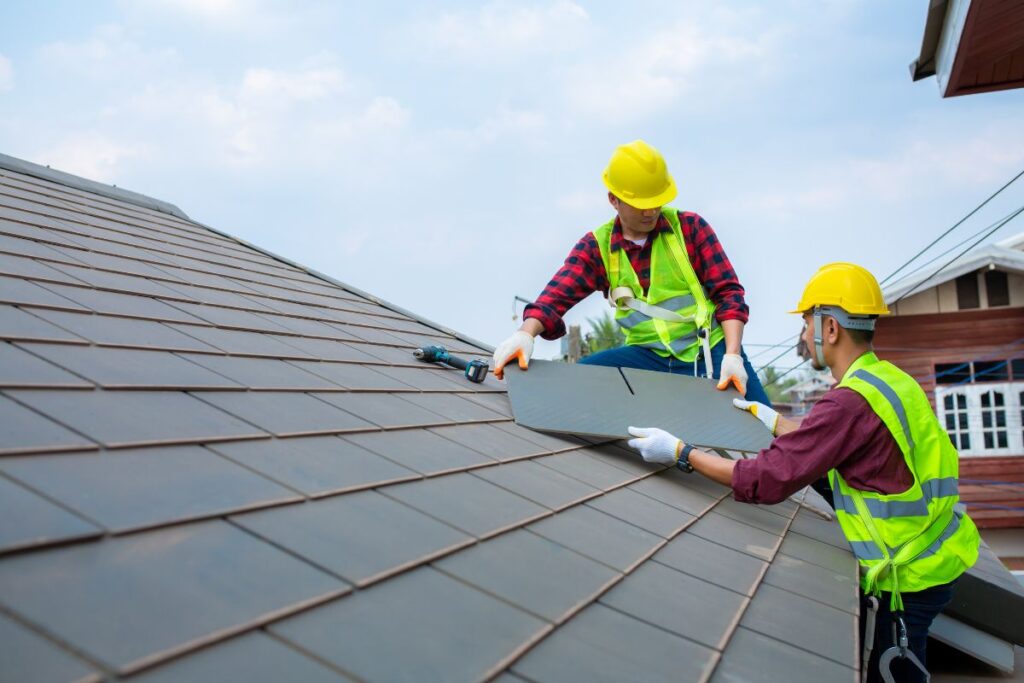Seasonal changes can have a significant impact on the longevity and performance of your commercial roof. However, with the right preparations, you can minimise potential damage and extend the lifespan of your commercial roofing system. Here’s a guide on how to prepare your commercial roof for the shifting seasons:
- Spring Preparation
Spring is often a time of heavy rainfall, so it’s vital to ensure your roof’s drainage system is working optimally to prevent water pooling. Clear the gutters, downspouts, and drains of any winter debris to prevent blockages. Conduct a thorough inspection of your roof for any winter damage, such as cracks or leaks, and make the necessary repairs.
- Summer Preparation
In the summer, your roof is exposed to intense UV rays and high heat. Consider applying a reflective roof coating to protect your roofing material from UV damage and reduce the heat absorbed by your roof. Also, inspect the roof for any signs of wear and tear after the spring season, like blistering or buckling, and repair promptly.
- Fall Preparation
As leaves begin to fall, they can clog your roof’s drainage system and cause water to pool, leading to potential leaks. Regularly clean your gutters and drains throughout the season. Inspect the roof for any damage from the summer heat, and make necessary repairs to prepare for the harsh winter weather.
- Winter Preparation
Winter is typically the toughest season for roofs due to heavy snow and freezing temperatures. Inspect your roof and make any necessary repairs before the first snowfall. Also, ensure your roof is adequately insulated to prevent ice dams from forming.
- Regular Inspections
Regardless of the season, regular roof inspections are crucial for maintaining your roof’s health. Have a professional roofing contractor inspect your roof at least twice a year, ideally during the spring and fall. They can spot potential issues early and provide guidance on the necessary repairs or maintenance tasks.
By being proactive with your seasonal roof preparations, you can prevent minor issues from turning into significant problems, extend the lifespan of your roof, and ensure it continues to protect your commercial roofing effectively.


